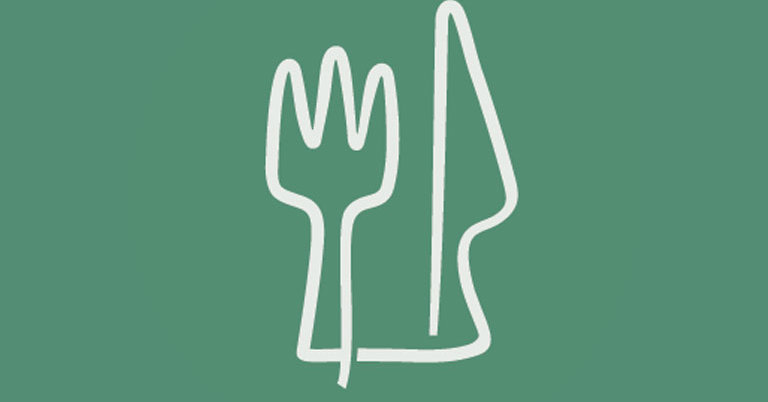
People who ate an anti-inflammatory diet rich in fruits, vegetables, nuts and fish were less likely to have gingivitis.
Source: A Diet to Ward Off Gum Disease?

People who ate an anti-inflammatory diet rich in fruits, vegetables, nuts and fish were less likely to have gingivitis.
Source: A Diet to Ward Off Gum Disease?
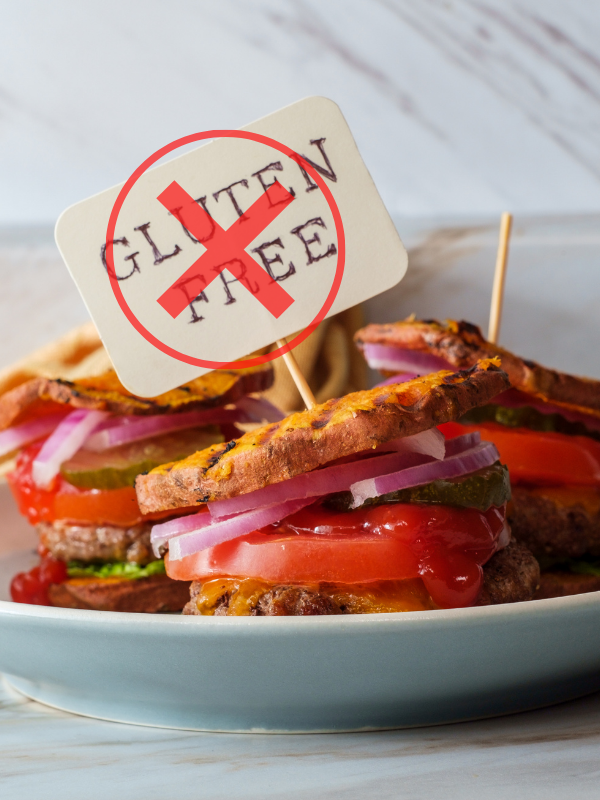
For people with celiac disease, even tiny amounts of gluten in foods can cause trouble, and restaurants may be the hardest places to avoid the hidden protein, a U.S. study suggests.
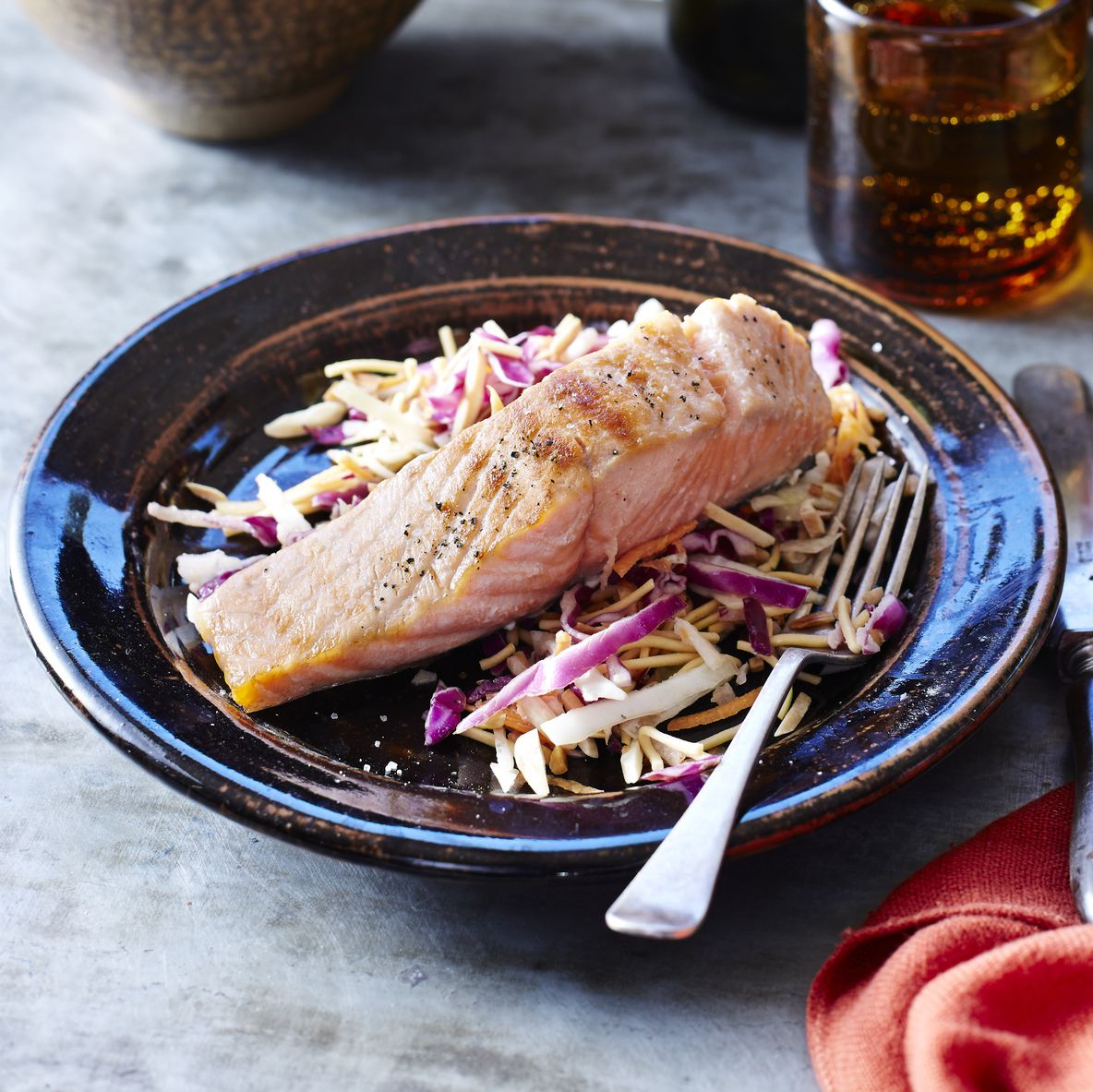
When it comes to thick, healthy hair, the most important diet-related step you can take is to fill your plate with mostly plant-based foods. Follow a Mediterranean-style plan and regularly eat protein from nutrient-dense sources, fiber-filled veggies and fruit, 100% whole grains, and healthy fats from nuts, seeds, and plant-based oils. A balanced diet will help you get enough of the key nutrients that keep skin, hair, and nails in great shape.
Source: The Best Foods You Can Eat for Healthy Hair, According to a Dietitian

Less than 10 minutes a day of brisk walking can help prevent disability in people with arthritis pain in their knee, hip, ankle or foot, researchers report.
Source: One Short, Brisk Walk a Day May Keep Arthritis at Bay
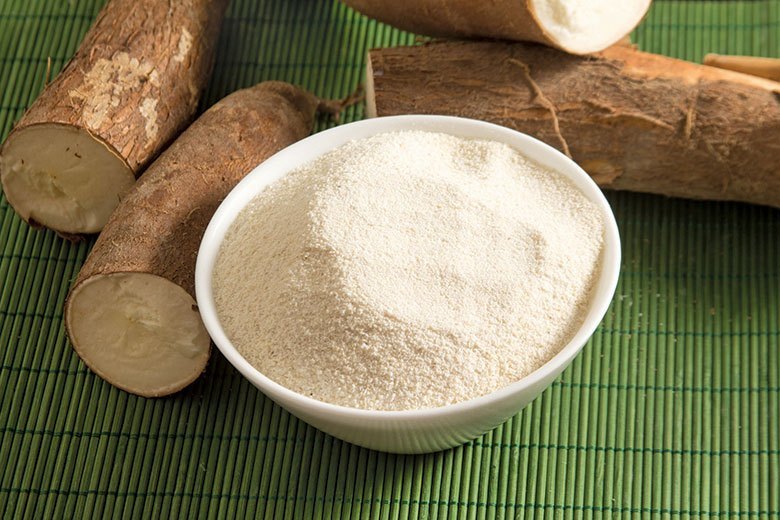
Native to South America, cassava is heavily relied upon as an energy source in Sub-Saharan Africa. Becoming a popular gluten-free flour alternative and thickener, cassava flour (aka tapioca flour) is made from the starchy root of the yuca plant. It is not refined; the whole root is used to make flour. Use caution if attempting to make your own cassava flour and never eat raw cassava: It contains a compound that produces cyanide, which is eliminated when cooked.
Source: How is Cassava Flour Made and Used? – Food & Nutrition Magazine
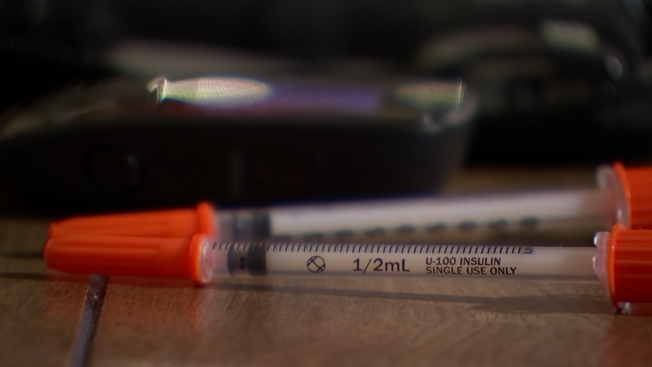
A new report form the House of Representatives suggests that patients with diabetes in the San Gabriel Valley are paying up to 23 times more for drugs to treat their disease than in other countries.
Source: San Gabriel Patients Pay More for Diabetes Treatment, Study Shows

If you’ve ever been on a medical odyssey to obtain a diagnosis for bothersome digestive symptoms, chances are someone along the way has ordered a stool analysis test for you. And for good reason: The simple act of pooping into a cup and dropping the sample off at a lab can yield a lot of diagnostic data. Your doctor can then use that information to help identify why you have diarrhea, gas, abdominal pain, unexplained weight loss or any number of other symptoms.
Source: What Can a Stool Test Diagnose?

A guide to the complex variables that determine how much you pay.
Source: Why Does Medicine Cost So Much? Here’s How Drug Prices Are Set

Using cannabis while pregnant to ease morning sickness could damage the brain of a fetus, scientists who studied rats have warned.

The average annual cost of diabetes for the entire U.S. population rose 13% between 2012 and 2017, according to findings presented in Diabetes Care.
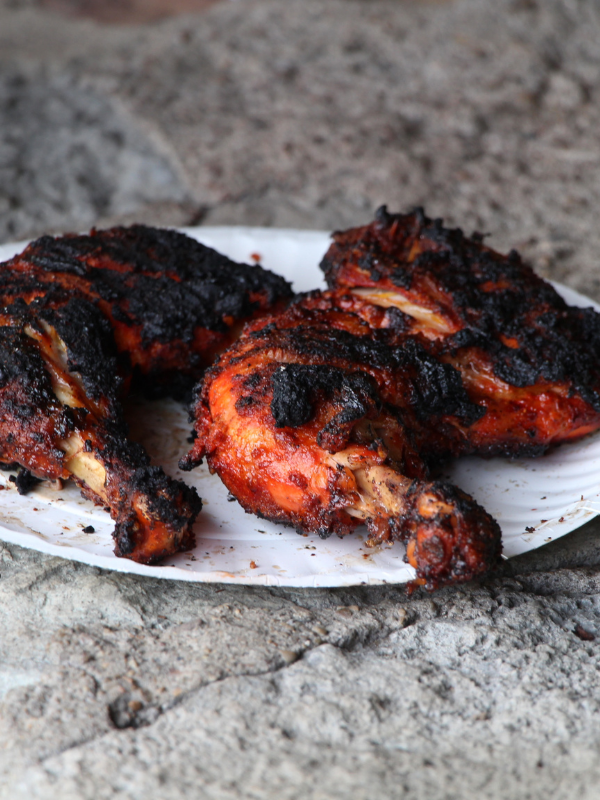
Roasted marshmallows contain acrylamide. The chemical acrylamide is found in fried, baked, and roasted foods like coffee and french fries. Because acrylamide was discovered in food somewhat recently, we don’t have any concrete answers about whether it causes cancer, but scientists are uncovering evidence of a potential link. Existing research suggests that acrylamide is only dangerous in extremely high doses that humans are unlikely to encounter.
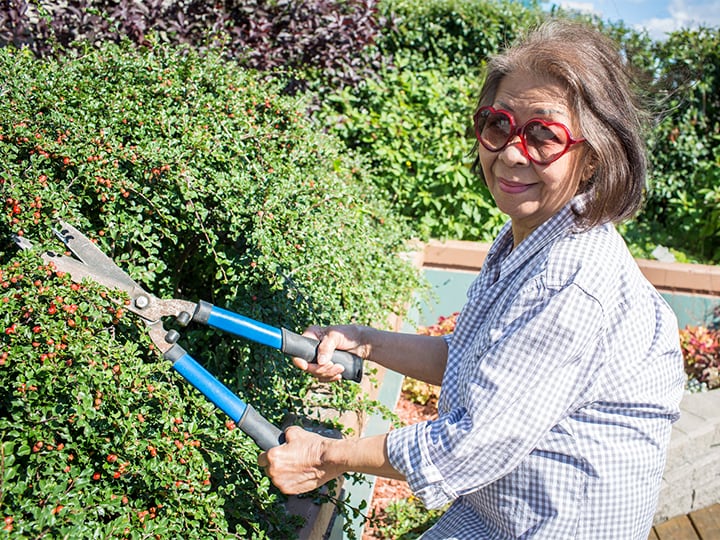
Among older women, regular light physical activity was associated with lower incidence of cardiovascular disease (CVD) and coronary heart disease (CHD), a prospective cohort study found.
Source: Exercise Doesn’t Need to Be Intense to Yield Benefit

In one of the largest studies looking at the potential effects of pesticide exposure on still-developing fetuses and newborns, scientists found that exposure to the most commonly used pesticides was linked to higher risk of autism spectrum disorder.
Source: A Mother’s Exposure to Pesticides During Pregnancy May Raise Children’s Autism Risk
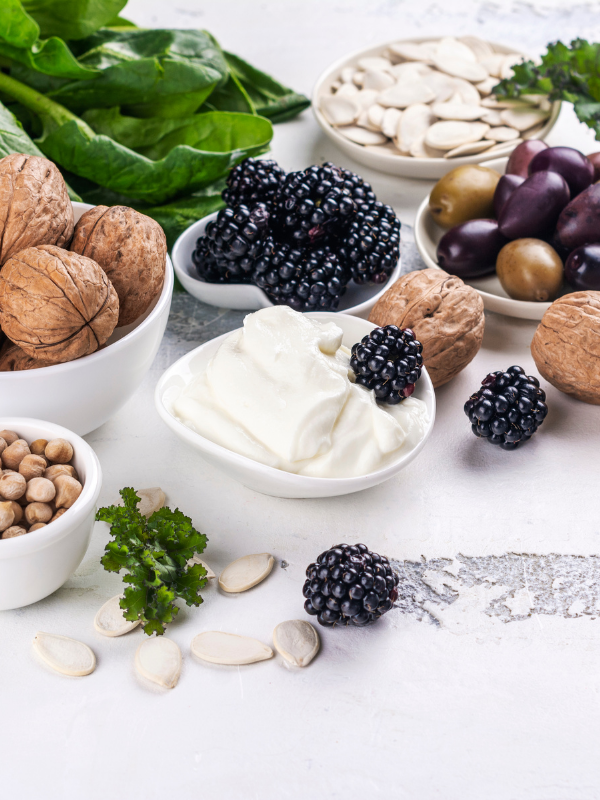
When it comes to diets, there are many varieties from which to choose: weight loss, plans to lower cholesterol and manage diabetes, and foods to fuel endurance athletes. Now, there’s a diet that claims it can boost a woman’s chances of having a baby.
Source: Can a ‘fertility diet’ really help you conceive? In some cases, yes

Source: Celebrate Gluten-Free
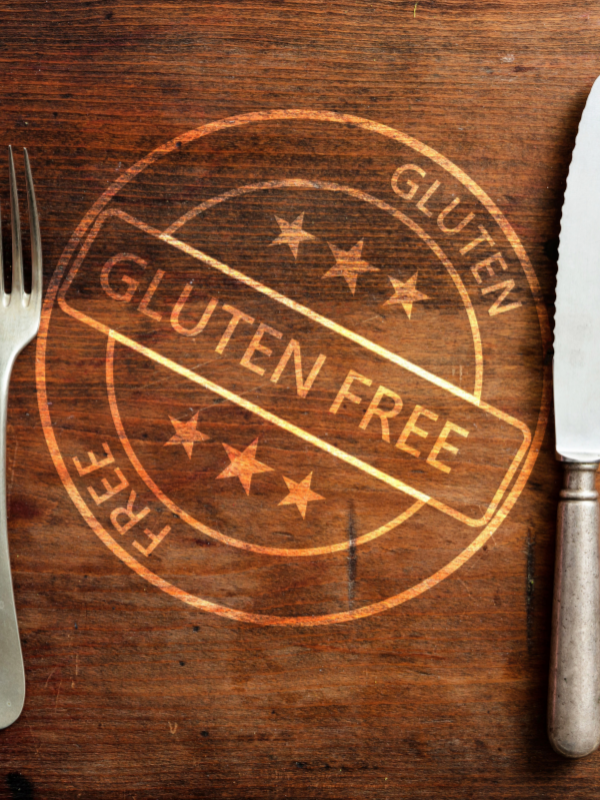
You’ve seen the different gluten-free certification labels on your favorite products at the grocery store. Did you know that not all certification marks hold the same weight and some don’t stick to the highest of standards? Find out the difference in this quick, informative video

A tiny, seemingly useless amount of exercise could have big impacts on heart disease and cancer risk, say scientists. In a report in ‘The British Medical Journal’, public health experts reveal the absolute smallest amount of exercise possible to help improve health.
Source: Scientists Define “Very Low Level” of Exercise That Lowers Risk of Death
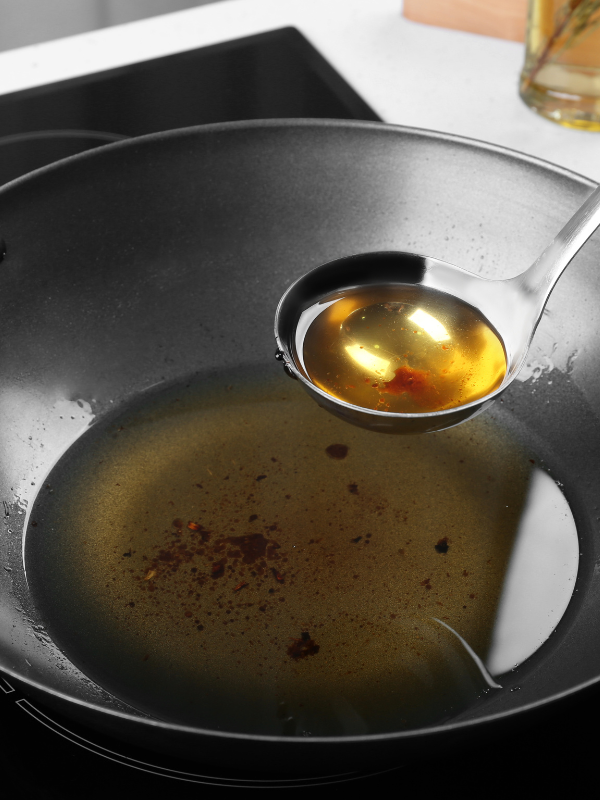
Have you heard? The world’s sewers are headed straight for an aneurysm of hair and congealed fat. Caused by solidified cooking oils that pick up debris and expand, becoming enormous obstructions in the sewer system, these early clogs may be museum-worthy, but they’re also destructive (and dangerous to the workers who try to remove them). So how can we help prevent Fatbergs? By learning how to dispose of cooking fats—from vegetable oil to animal grease—properly.
Source: How Am I Really Supposed to Dispose of My Frying Oil?
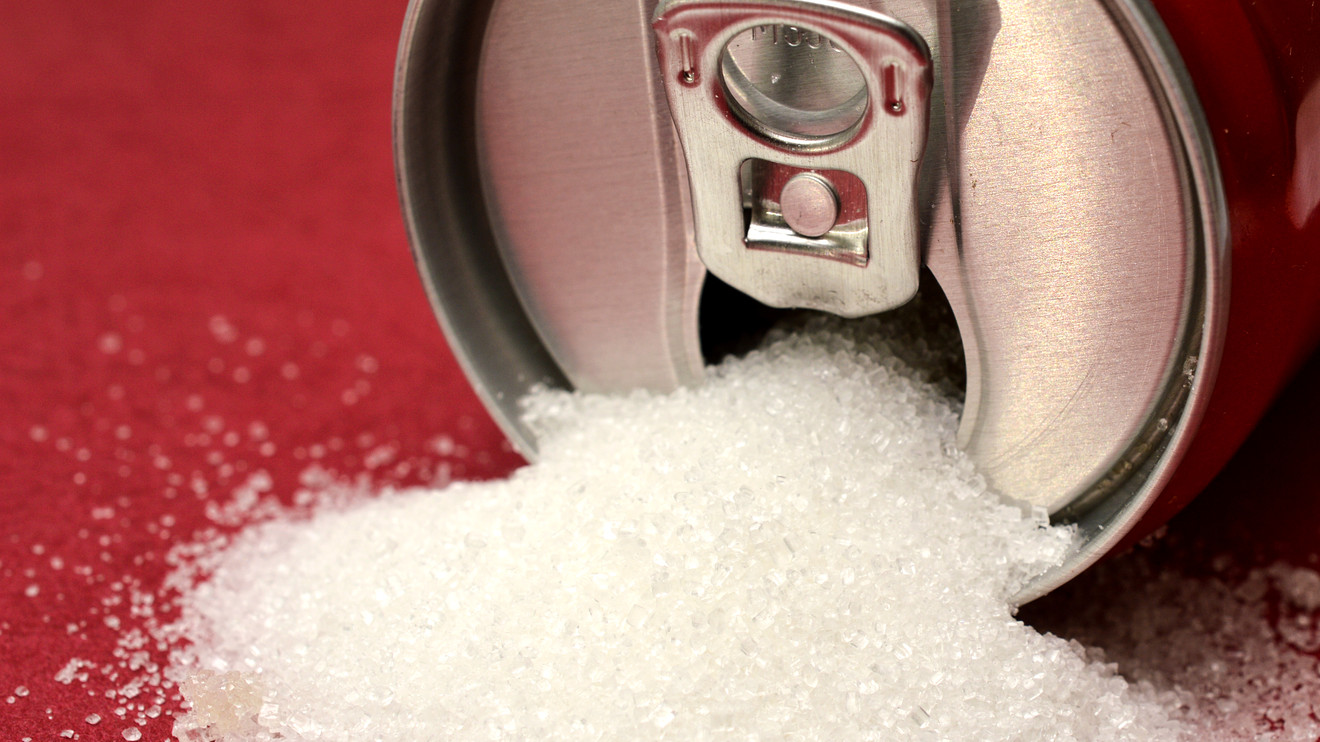
New research associates sugar-sweetened beverages with early mortality — but artificially-sweetened beverages are not much safer, especially for women.

Banana, one of the easily available satiating fruits, can keep you healthy and energized. With the help of some simple tips presented here, you can keep bananas from turning brown, and can enjoy them fresh for longer.
Source: 9 Ridiculously Effective Ways to Keep Bananas Fresh for Longer